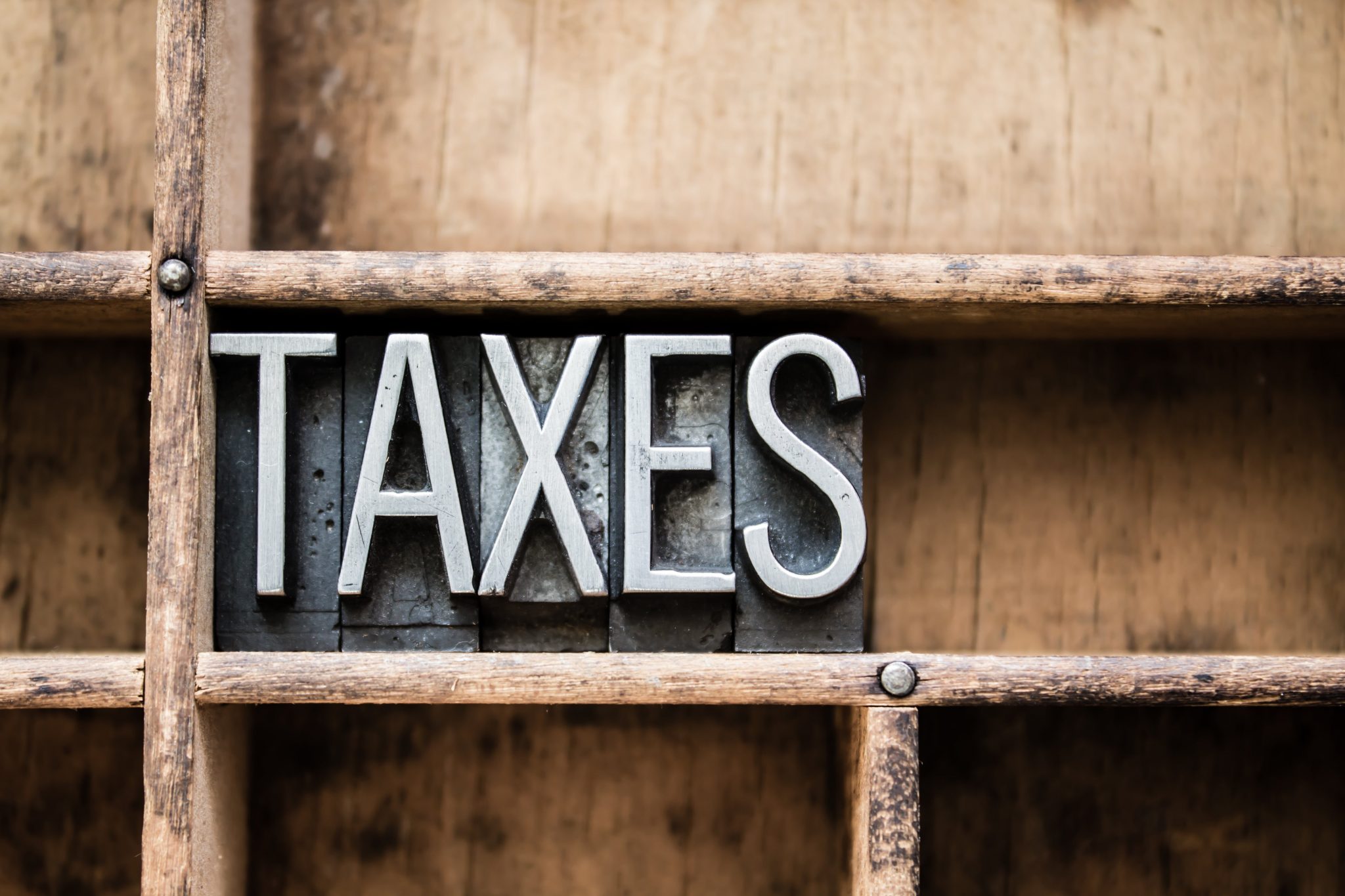This article covers the mechanics of paying Roth conversion taxes. Specifically, we will look at the source of money that you use to pay the tax bill due on the conversion, as this could actually impact the amount you owe on the conversion.
If you are under 59 & 1/2, paying taxes with money from the IRA will trigger additional taxes. In all cases, the tax burden on Roth conversions is less if you can pay the taxes due with money outside the IRA.
Roth conversions can be an incredibly useful tool for reducing taxes on retirement withdrawals and enhancing a distributions strategy. A little planning ahead for the conversions themselves can reduce those taxes even further.
Roth Conversion Taxes
Recall that converting money in a traditional account such as a 401k or IRA into a Roth IRA will trigger income tax on the converted amount. For example, if you convert $100,000, you’ll add $100,000 to your taxable income when you file your income tax return for that year.
Roth Conversion Tax Rate
What is the tax rate on that conversion? Whatever your personal marginal income tax rate is based on your taxable income. If you are in the 35% tax bracket, you’ll owe $35,000 in income tax.
As an example, suppose you are married, file a joint return with your spouse, and are in the 22% tax bracket. Even if you are at the very bottom of the bracket ($77,401 in 2019) your $100,000 conversion will spill over into the next bracket, 24%, because the 22% bracket tops out at $165,000.
For you, a portion of your conversion will be taxed at 22% and a portion will be taxed at 24%. Since the 22% bracket is $87,600 wide, $12,400 of your Roth conversion would be taxed at 24%.
This idea of crossing over into the next tax bracket is one of the key considerations of a Roth conversion strategy.
Generally, if you are going to hit a given tax bracket anyway it often makes sense to “fill up” that bracket. However, if you can avoid the next higher bracket altogether that is often ideal.
Which Account Do the Tax Dollars Come From?
Another significant planning element for Roth conversions is where exactly the money will come from to pay the taxes. There are three possibilities: The new Roth account you convert into, any remaining balance in the traditional account you converted from, or separate “taxable” money outside either account.
Paying the Tax from the Converted Amount
Remember the five year rules for Roth IRAs. Each Roth conversion is subject to its own five year waiting period. Withdrawing an amount from the Roth conversion to pay for the tax on the conversion will violate the five year rule.
What are the consequences for violating the five year rule? Exposure to the 10% early withdrawal penalty.
If you are under 59 & 1/2, you’ll have to pay the 10% penalty on the amount that you withdraw to pay income tax on the conversion.
Paying the Tax from the Remaining Balance in the Traditional Account
You could also withdraw the money from any remaining balance you have in the traditional account you started with. Of course, here you will be subject to income tax and the 10% penalty as well if you are under 59& 1/2.
What’s the Difference?
Notice that in both cases you will pay income tax on the amount you withdraw to pay the income tax on the conversion.
- For the conversion, you incurred an income tax liability when you converted. You already owed income tax on any money you take from the converted amount.
- In the second scenario you incur the income tax obligation by withdrawing the money from your traditional account.
Notice also that you end up paying the 10% penalty in both scenarios as well, provided you don’t qualify for a penalty exemption such as being over 59 & 1/2.
So, why does it matter?
Between these two options, the ending balance of the conversion and your marginal tax bracket are the main decision drivers.
If you withdraw the money form the converted dollars, you’ll have less in the account when you take money out to pay current taxes. If you are converting for a specific purpose such as creating a Roth conversion ladder to fund the first few years of an early retirement, you won’t have the amount you had planned for. In other words, if you need to convert $100,000, you won’t have $100,000 in the account anymore if you convert and then immediately pay taxes out of that conversion.
Conversely, if you decide instead to withdraw money from the remaining balance in your traditional account then you need to be very mindful of the marginal tax rate for that withdrawal. If you filled up a given tax bracket on the conversion then any amount you withdraw now will be in the next higher bracket. Not only that, but the amount you withdraw to pay taxes is an additional withdrawal that will itself be taxable and subject to an early withdrawal penalty.
Paying Taxes with Money Outside a Tax-advantaged Account
The ideal option is usually to pay the tax liability with money that is not in a tax-advantaged account. This could be cash savings in a checking account, a maturing CD, or money in a taxable brokerage account.
You wont owe additional income tax on this money of course. However, understand that you may still incur some tax liability. You probably have your money in a taxable brokerage account invested in various financial assets. If you sell these assets to pay your tax bill then you will probably incur capital gains.
If those gains are short-term you’ll be right back to the situation you hope to avoid because short-term capital gains are taxed as ordinary income.
Long-term capital gains (gains on assets held longer than a year) have much more favorable rates at either 0%, 15%, or 20% depending on your income.
Your tax bill will be the lowest if you can sell financial assets at a loss and incur no tax liability.
Even given the ability to reduce your current tax bill by taking the money from a taxable account, make sure you consider this options as part of your total plan and long-term distributions strategy. Because of the lower long-term capital gain rates it sometimes makes sense to keep assets in a taxable account – the idea of asset location.
Need help deciding whether a Roth conversion is right for you or how to plan for the tax bill? Contact me through this form here, email me at brandon@belongingwealth.com.com or call 903-471-0624 and we will get started.







